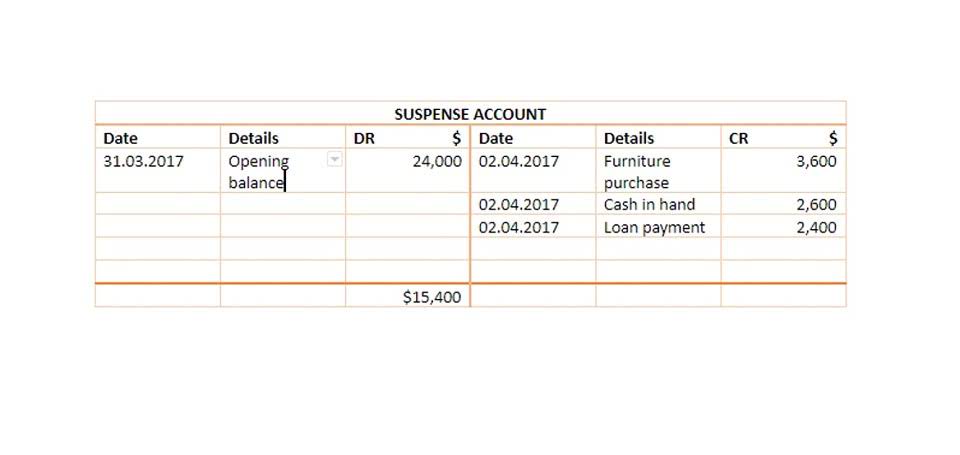
In this scenario, the funds from the OBE account should be allocated based on the nature of the adjustments. Explore the function and setup of Opening Balance Equity within GAAP and IFRS, and learn best practices for auditing these critical accounts. With less debt, you should be able to borrow greater loans, pay the money back at a lower interest rate, and grow your business. Retained earnings can do more than provide financial insight; they can help you grow your business and enjoy more success, as well. Accounting terms can cause considerable confusion, and knowing the difference when keeping track of your finances is crucial for accuracy and financial literacy. Growth activities might be research and development, expanding premises, or hiring employees.

Master QuickBooks Online with our comprehensive workflow guide! 📚
The profit is calculated on the business’s income statement, which lists revenue or income and expenses. All business types (sole proprietorships, partnerships, and corporations) use owner’s equity, but only sole proprietorships name the balance sheet account “owner’s equity.” Sign up for accounting software to easily create and manage your opening balance equity account here. Opening Balance Equity accounts show up under the equity section of a balance sheet along with the other equity accounts like retained earnings but may not show up on the opening balance sheet if the balance is zero. Retained earnings are kept by the business to reinvest towards future operations and needs and are often rolled over to the following year’s beginning balance sheet. Depending on the financial position of your business, you may want to reinvest in equipment, employee salaries, or more inventory.
Understanding Supplies on the Balance Sheet: Classification, Management, and Financial Implications
Two alternatives opening balance equity vs retained earnings are IFRS and a simpler form of IFRS, known as IFRS for Small and Medium Sized Entities, or SMEs for short. In 2008, the AICPA recognized the IASB as a standard setter of acceptable GAAP and designated IFRS and IFRS for SMEs as an acceptable set of generally accepted accounting principles. However, it is up to each State Board of Accountancy to determine if that state will allow the use of IFRS or IFRS for SMEs by non-public entities incorporated in that state. You or your bookkeeper can close this account in a variety of ways by making journal entries. Here is a quick balance sheet recap to help you better understand opening balance equity.

Contributed Capital and Earned Capital
- It’s important to note that retained earnings are cumulative, meaning the ending retained earnings balance for one accounting period becomes the beginning retained earnings balance for the next period.
- So, upon completing the setup, you might want to allocate this balance to the appropriate accounts, such as inventory assets or equity accounts.
- The figure is calculated at the end of each accounting period (monthly/quarterly/annually).
- At this point, you will see how the balance on your opening balance equity account decreases to the total of your liability accounts.
- When setting up a new company file, QuickBooks will prompt users to enter the opening balances for each customer account.
- One way to assess how successful a company is in using retained money is to look at a key factor called retained earnings to market value.
- But imagine you creating a company file in QuickBooks, and it pops up seemingly out of nowhere, showing some balance on it.
The journal entry decreases the Unappropriated contra asset account Retained Earnings account with a debit and increases the Appropriated Retained Earnings account with a credit for $12,000. This account is used to record any transactions that affect the equity of the business during the initial period. These transactions could include the initial investment made by the owners, any loans taken out, or any profits or losses generated during the period. It is important to note that this account is temporary and should be closed out at the end of the period to ensure accurate financial reporting. Opening balance equity is a term used in accounting to describe the initial balance of equity in a business at the start of a new accounting period.

Generally speaking, a company with a negative retained earnings balance would signal weakness because it indicates that the company has experienced losses in one or more previous years. However, it is more difficult to interpret a company with high retained earnings. If the company had not retained this money and instead taken an interest-bearing loan, the value generated would have been less due to the outgoing interest payment.
- However, IFRS places a strong emphasis on the presentation of financial statements that are understandable, relevant, reliable, and comparable.
- The site is a tremendous resource for both school and investment-related research.
- Her areas of expertise include accounting system and enterprise resource planning implementations, as well as accounting business process improvement and workflow design.
- After you calculate your beginning retained earnings, you’ll work out your net income.
- There are numerous factors to consider to accurately interpret a company’s historical retained earnings.




















